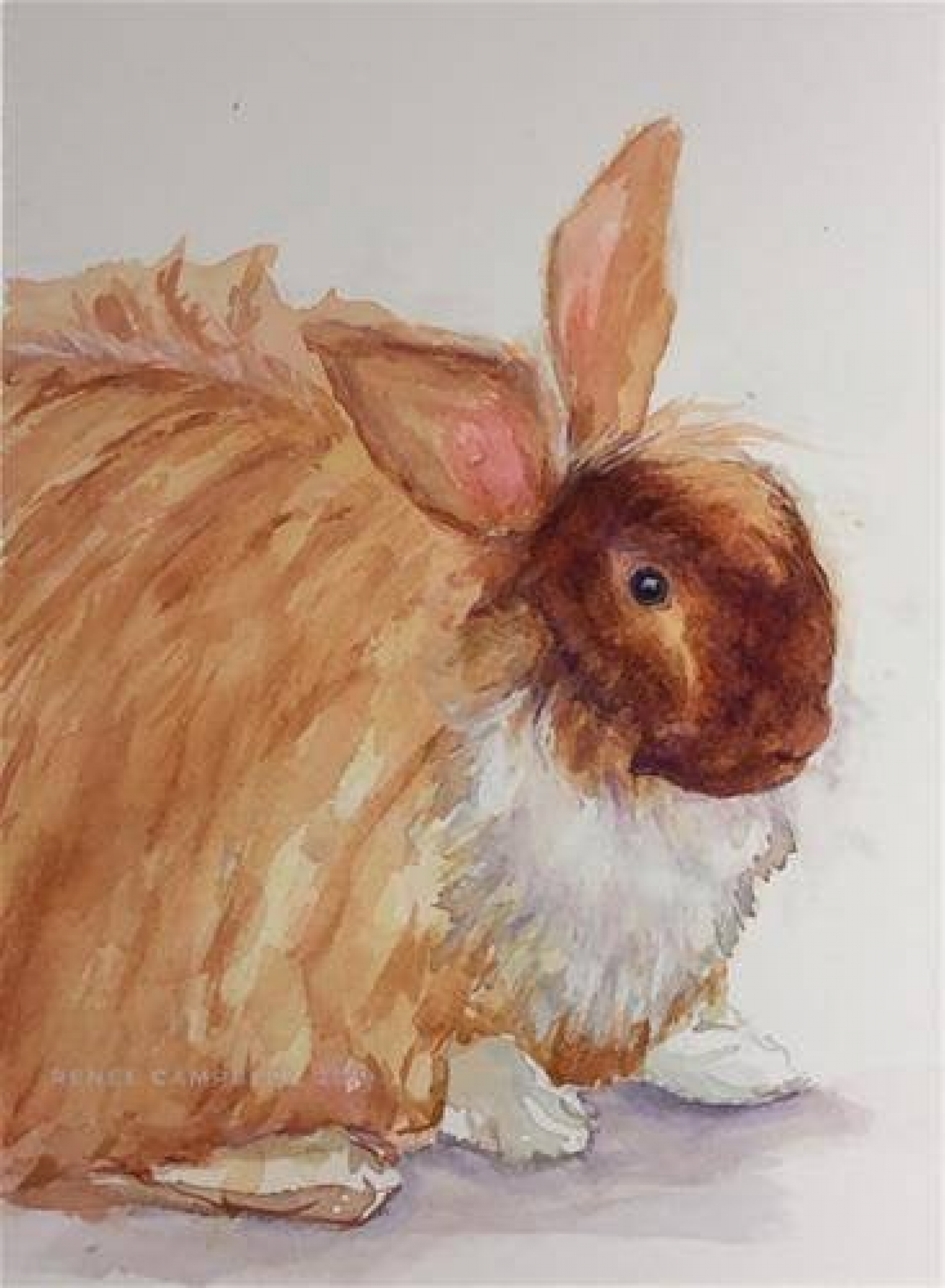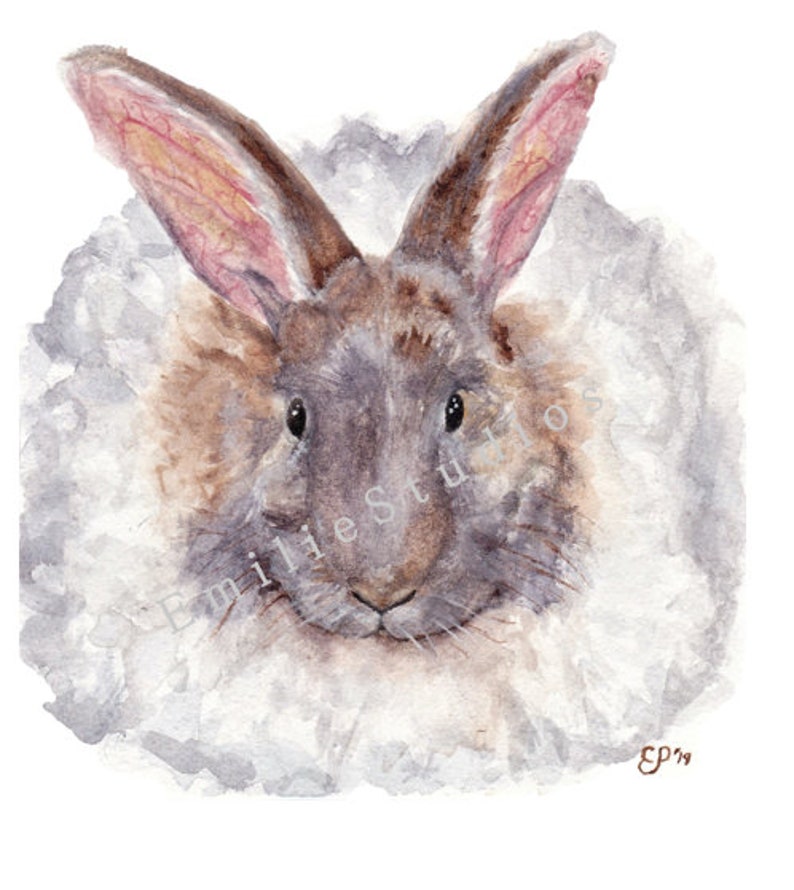Angora Watercolors
Are you looking for a new medium to try out in your paintings? Have you ever considered using angora watercolors? Not only are they beautiful, but they also offer a unique texture that can make your paintings stand out. Read on to discover more about angora watercolors and how they can enhance your artwork.
Pain Points of Using Angora Watercolors
Creating beautiful watercolor paintings can sometimes be a challenge, but adding angora fibers to your work may seem even more daunting. Some painters worry about integrating the fibers into their paintings effectively, while others may feel the fibers could potentially alter the look of their artwork in ways they don't prefer. However, with some practice and experimentation, artists can incorporate angora watercolors into their work with ease and precision.
The Target of Angora Watercolors
The main target of angora watercolors is to create a unique and interesting texture in your artwork. The fibers of the angora can add depth and body to your watercolors, creating a surface that's both pleasing to the eye and touch. This medium is especially useful when a painter wants to add depth to typical images, such as fur or feathers. Angora fibers can mimic the look and feel of animal hair or feathers, and give the painting a three-dimensional effect.
Summary of Main Points
An angora watercolor is a unique type of watercolor that incorporates fibers of angora wool into its pigmentation. These fibers add a unique texture to the painting and can create a three-dimensional look and feel, which is ideal for paintings of fur or feathers. Some artists may experience challenges in utilizing these fibers effectively, but with practice and experimentation, it's possible for anyone to create stunning watercolors using angora fibers.
My Experience with Angora Watercolors
After experimenting with angora watercolors for a few months, I have fallen in love with the texture and depth they add to my paintings. When I began using the fibers, I was quite apprehensive about their impact on my artwork's overall look. However, with some practice and refining, I have found an ideal blend of pigmentation and fibers that showcase the unique look and feel. Moreover, the subtle difference in the texture has added a whole new dimension of creativity to my artistic pursuits.
Tips for Using Angora Watercolors
When working with angora watercolors, it's essential to conduct a few tests with different amounts of fibers and pigment concentrations. Practice diluting the color to get the desired hue, which will limit overpowering the angora fibers in your painting. One way of doing this is to mix the pigment and water with the fibers after they have been soaked and dried.
How to Incorporate Angora Fibers into Your Watercolors
The best way to use angora fibers in your watercolors is by applying them after the colors have been laid down on the paper. After the painting dries, the fibers will stick to the surface, creating a texture that will give the illusion of three-dimensionality. A good way to experiment with using angora fibers is by painting fur and feathers with a non-animal texture, giving the painting an innovative and unique look.
Conclusion of Angora Watercolors
Adding angora watercolors to your artistic toolkit can offer a new twist to your watercolor paintings. It can give artists an opportunity to create unique textures that add depth and body to their paintings, making them stand out even more. While incorporating angora fibers can pose some initial challenges, these can be overcome with practice, time, and patience.
Question and Answer
Q: What is the best way to apply angora fibers to watercolor paintings?
A: The best way to apply angora fibers is by sprinkling them on the painting gently after it has dried. Then, press the fibers gently onto the painting with a clean brush
Q: Will angora fibers change the look of my final art piece?
A: Yes, the fibers can add a three-dimensional texture and body to the painting, which can make your final piece stand out even more.
Q: Are there any types of paper that work best with angora watercolors?
A: Hot-pressed paper is an excellent option because it's smooth, providing an even surface for the angora fibers to adhere to.
Q: Can you wash a painting with angora fibers added?
A: No, you shouldn't wash a painting that has been created with angora fibers because the fibers can lose their texture or fall off when wet.
Gallery
Watercolor Wednesday-Angora Watercolors And Inspiration From A Three
Photo Credit by: bing.com /
Original "Harper, Aka Buns" Watercolor, Mixed Media Small Painting

Photo Credit by: bing.com /
Turkish Angora Cat Watercolor Print Painting Extra Large | Etsy

Photo Credit by: bing.com / angora turkish
Watercolor Wednesday-Angora Watercolors And Inspiration From A Three
Photo Credit by: bing.com / angora watercolors
French Angora Rabbit Watercolor Print | Etsy

Photo Credit by: bing.com / angora rabbit french watercolor print
